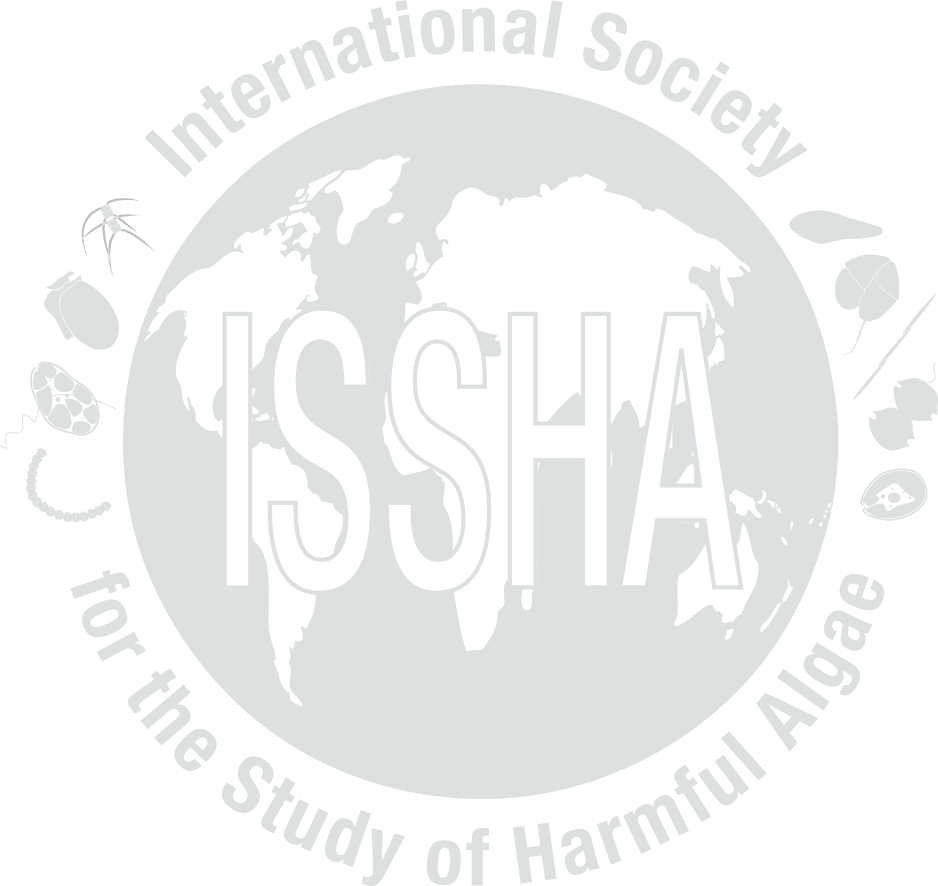|
Event name:
|
US-20-005
|
|
Country:
|
UNITED STATES
|
Nature of the harmful event:
|
Water Discoloration
,
Seafood toxins
|
Event directly affected:
|
Other Terrestrial
,
Shellfish
|
|
Toxicity detected:
|
Yes
(Approximate range: 1.5-5.7 ppb microcystin-RR in oysters)
|
|
Associated syndrome:
|
OTHER
|
|
Unexplained toxicity:
|
No
|
|
Species implicated in toxin transmission (transvector):
|
|
|
Report the outcome of a monitoring programme:
|
Yes
(Connecticut Department of Agriculture Bureau of Aquaculture (DABA))
|
|
Event occurred before in this location:
|
No
|
|
Individuals to contact:
|
VAN GULICK, Emily
|
|
Causative organism known:
|
Yes
|
|
Causative Species/Genus:
|
Microcystis aeruginosa
( cells/L)
<5-10% phytoplankton composition of samples from Greenwich Cove. Microcystis was not present in Binney Pond on 7/17. Dr. Dianne Greenfield, a DABA colleague, confirmed the presence of Microcystis aeruginosa in subsequent samples she collected.
|
|
Co-Ocurring Species/Genus:
|
|
|
Chlorophyll concentration, if known:
|
µg/l
|
|
Additional bloom information:
|
No cyanobacteria blooms were observed by DABA staff in freshwater or estuarine environments. Phytoplankton samples revealed the presence of "stressed" Microcystis colonies in Greenwich Cove (<5-10% composition of samples). Greenwich Cove was precautionarily closed on 7/16. Oyster samples taken from Greenwich Cove (commercial lots: Mayhew North and Mayhew South) both had low concentrations of microcystin-RR (3.2 and 3.0 ppb, respectively). Microcystin-RR was present in the Mayhew South lot oysters for multiple months (maximum concentration 5.7 ppb on 9/29); however, it was never detected in the adjacent Mayhew North lot again. Testing of Mayhew South was sporadic due to the expense of UPLC-MS/MS testing (~$250/sample), slower turn-around-time than in-house testing performed by the DABA lab, and the knowledge that shellfish can take an extended period of time to depurate cyanotoxins (weeks-months). Given staff limitations, the area was not surveyed again for blooms (and no blooms were reported again), but oyster testing continued until MC-RR was no longer detected. The maximum MC-RR concentration from Mayhew South was detected on 9/29; therefore, subsequent blooms could have occurred and were not reported to DABA, or MC-RR concentrations in oysters increased naturally during the depuration process (which has been noted in multiple shellfish cyanotoxin depuration studies).
|
|
Event-related bibliography:
|
|
|
Species containing the toxin
|
Toxin type
|
Toxin details
|
Max. concentration
|
Assay type
|
|
Eastern oyster
|
Microcystins
|
|
5.7 ppb (ng/g)
|
LC
|
|
|
Kit used:
|
Type of kit used:
|
|
Additional information:
|
UPLC-MS/MS performed by UCONN Center for Environmental Sciences and Engineering (CESE). Limit of detections reported as: cylindrospermopsin (3.0ppb), anatoxin A (1.7ppb), microcystin-RR (1.5ppb), microcystin-YR (15ppb), microcystin-LR (15ppb), microcystin-LA (7.5ppb). Note that the LOD for microcystin-RR is much lower than the other microcystins, and there are 250+ variants; therefore, it is possible that other MCs were present in oysters, but only MC-RR was detected due to low concentrations and testing limitations.
The DABA also screened 2 oyster samples in July for saxitoxins using PSP scotia rapid test kits (FDA approved limited use method), which were negative.
|
|
Economic losses:
|
The total commercial economic loss due to closures was estimated at ~$125,000, which compounded additional losses due to COVID-19.
There is a recreational (conditionally approved seasonal) area in Greenwich Cove. The reopening was delayed ~1 month.
|
|
Management decision:
|
Since cyanotoxins are not yet regulated by the FDA in shellfish, the DABA left the area precautionarily closed until MC-RR was no longer detectable. Mayhew North was reopened in August, while Mayhew South remained closed until December.
|
|
Additional harmful effect information:
|
While this was not reported, Binney Pond is surrounded by a park and DABA staff observed many children, families, and dogs at the park on 7/17 during bloom investigation. It is possible that there is a human health impact from exposure to bloom water.
|



